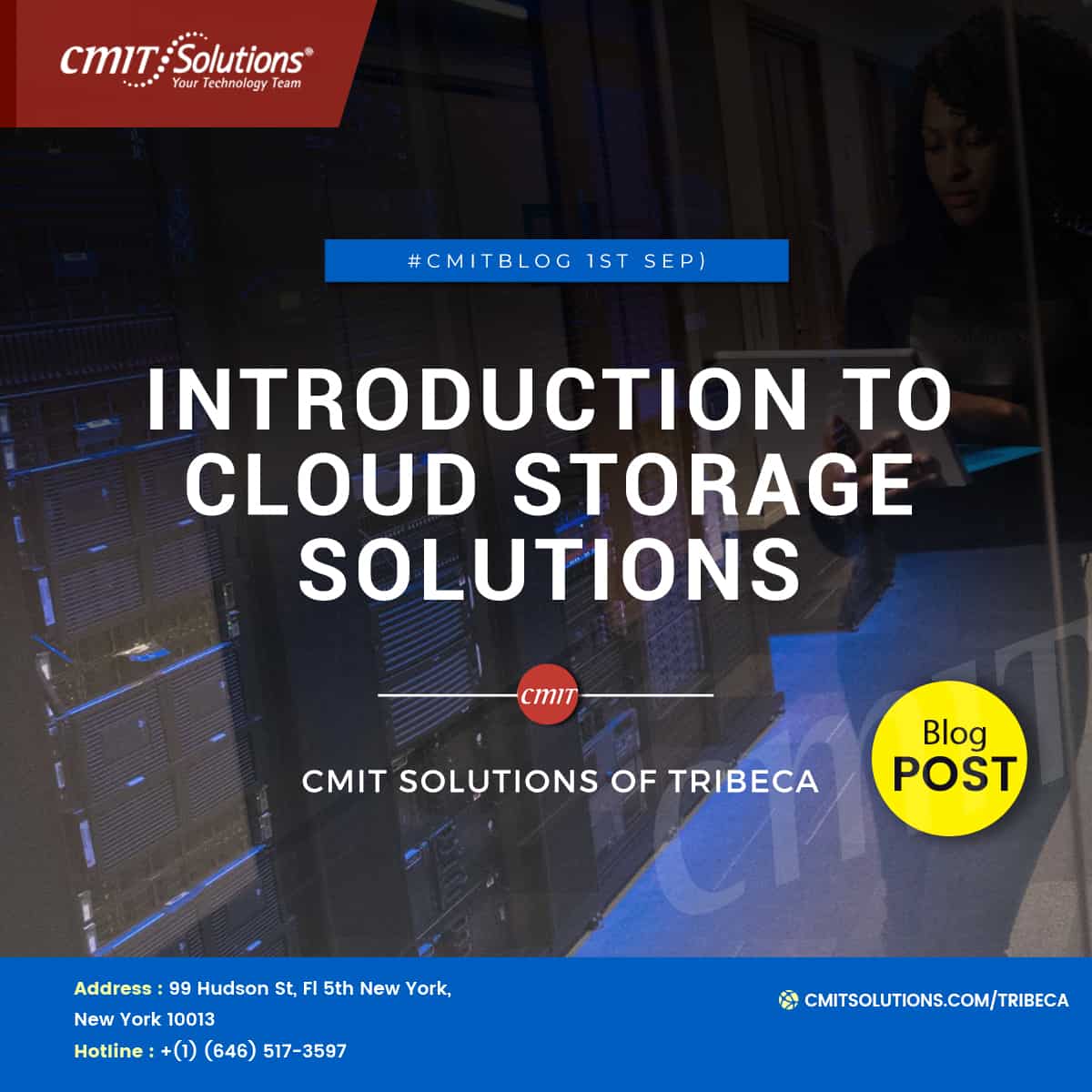Before we talk about various cloud storage services, the first step would be to define the term itself. According to Wikipedia, Cloud storage is a data storage model in which the digital data gets stored in logical pools called the cloud. The physical storage stretched to multiple servers (sometimes in several locations), and the physical environment is mainly owned and managed by the hosting company.
The ideal cloud storage service should get along with the other apps nicely to make the users’ experience of accessing and viewing files hassle-free. For example, in the corporate world, you must be able to access your files from anywhere, and it is not possible without your cloud service is compatible with your other apps and software. Box and Dropbox are particularly strong concerning this.
Cloud storages offer services different from one another while some of them like Apple iCloud, google drive, and Microsoft OneDrive come with basic features of file and folder syncing; others have a separate range of features. For example, Dropbox and SugarSync are about maintaining a synced folder accessible everywhere. Another one called the SpiderOak, emphasizes on security. Some even have dual roles like acting as collaboration software by offering real-time document editing.
To unravel any queries about the cloud part, there is no “cloud” per se. It refers to storing your files somewhere other than your computer’s hard drive and usually on the provider’s servers. As a tech guru said it: There is no Cloud, it is just somebody else’s computer. Storing your data on the cloud allows you to access it through the internet no matter what your physical location is.
Best cloud storage services in 2020 are-
Dropbox:
It offers cloud storage space, file synchronization, a personal cloud, and client software. Dropbox is fairly easy to use with free storage space of 2 gigabytes. When a file or folder in Dropbox gets deleted, users can recover it within 30 days. For Dropbox Plus users, this recovery time is extendable to one year.
Microsoft OneDrive:
This one is ideal for office use as Microsoft also offers office apps so this makes a perfect fit. It has a free storage limit of 5GB and allows file editing too. OneDrive is compatible with Windows, Android, and iOS.
Google Drive:
It comes with all-in kind of features. Google Drive allows full-service file storage, sharing, syncing, and collaboration with 15 GB free storage and compatibility with all popular OS.
Apple iCloud Drive:
iCloud, as the name suggests, is available only for the Apple users only. It comes with a file size limit of 15 GB and the free storage space of 5 GB along with the general file editing features.
Why pay for Cloud Services when they are available for free too?
It is only human to prefer services that come with a free something. Cloud services offer free accounts but with some limitations such as storage size or file size limit. One should consider buying a paid version for the following reasons:
1) It comes with additional support from the provider, so if anything goes wrong, you can get someone on the phone to help you resolve the issue.
2) A lot more space comes with the paid version (a terabyte doesn’t cost that much anymore) and the option to upload huge files. This feature comes handy for graphic designers, video editors, and other visual artists who often host enormous files.
3) Other perks of paying for your cloud storage often include increased access to file-version history, more security, and more features for collaboration.




